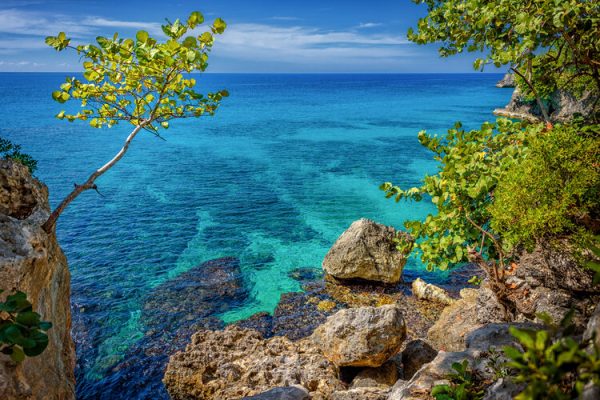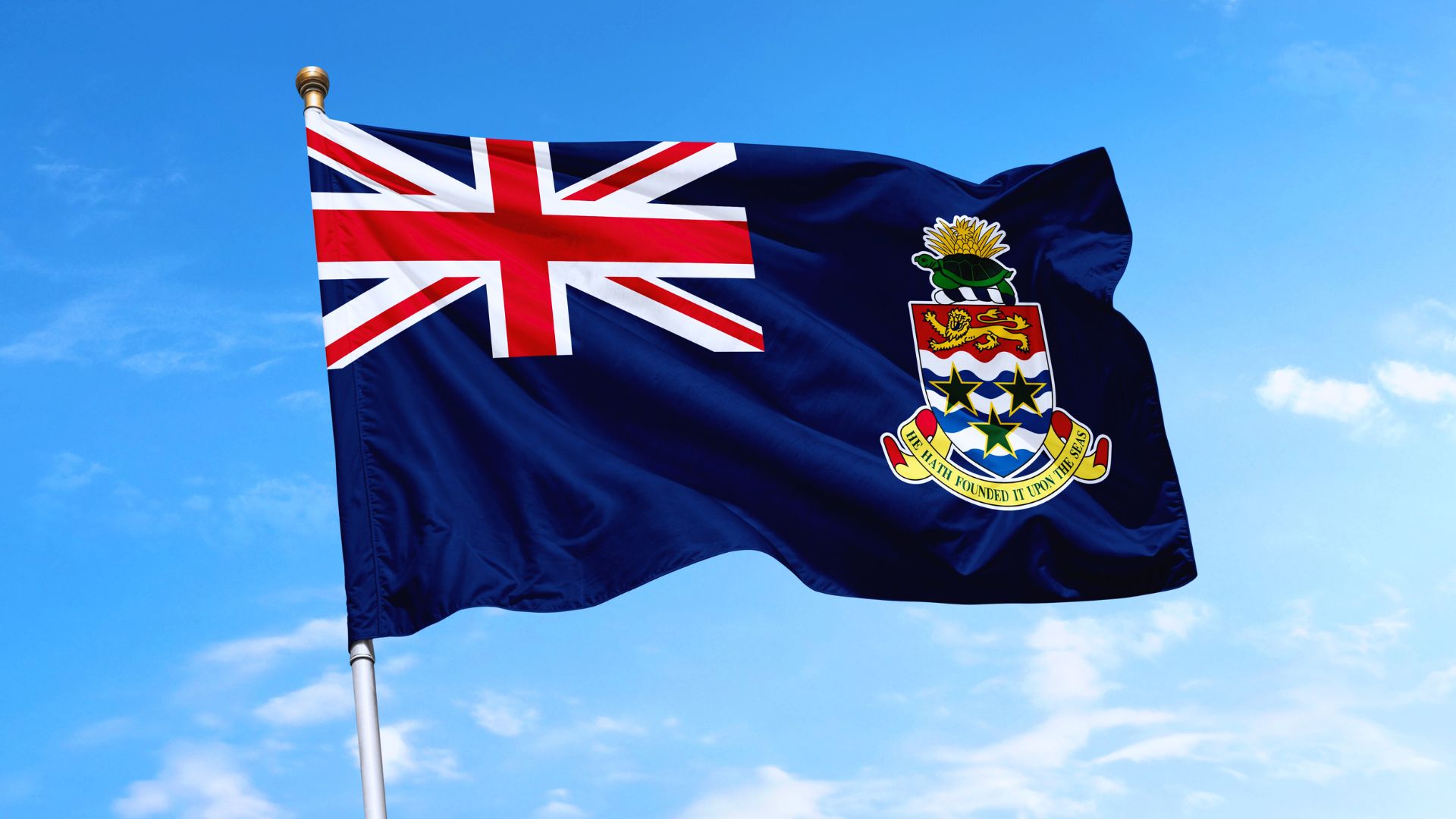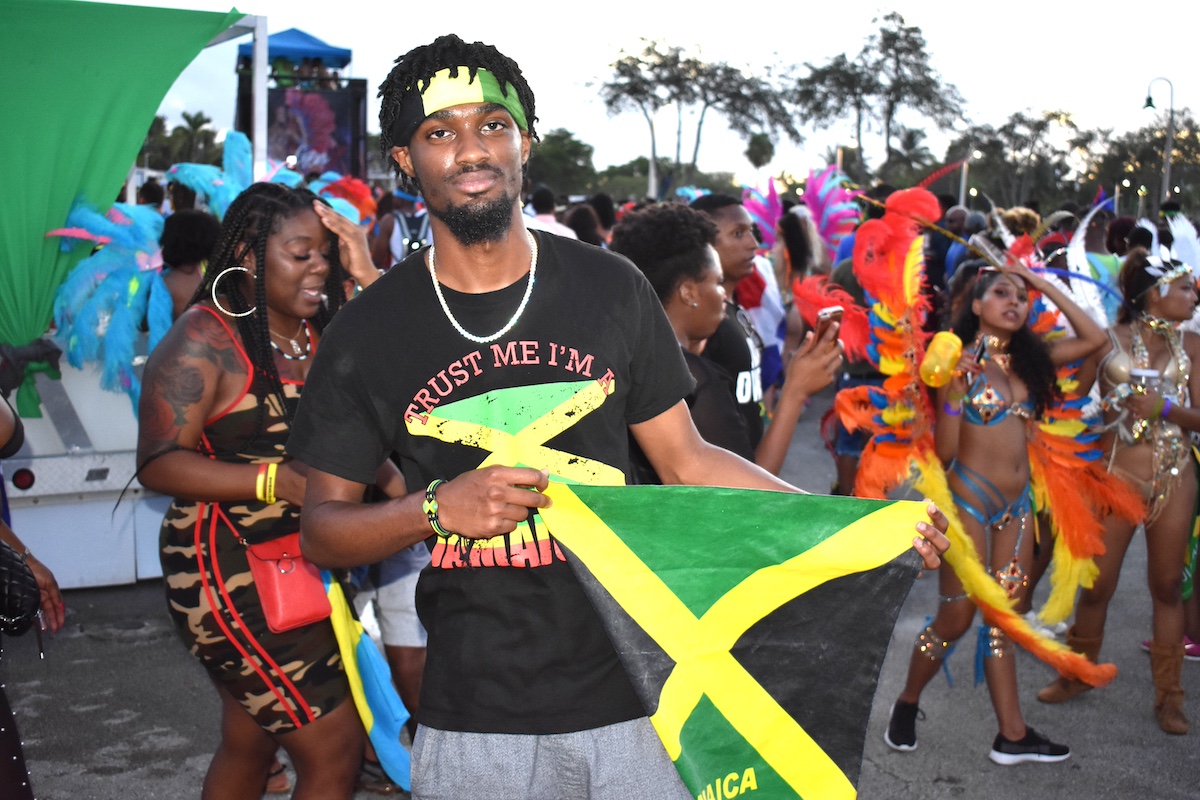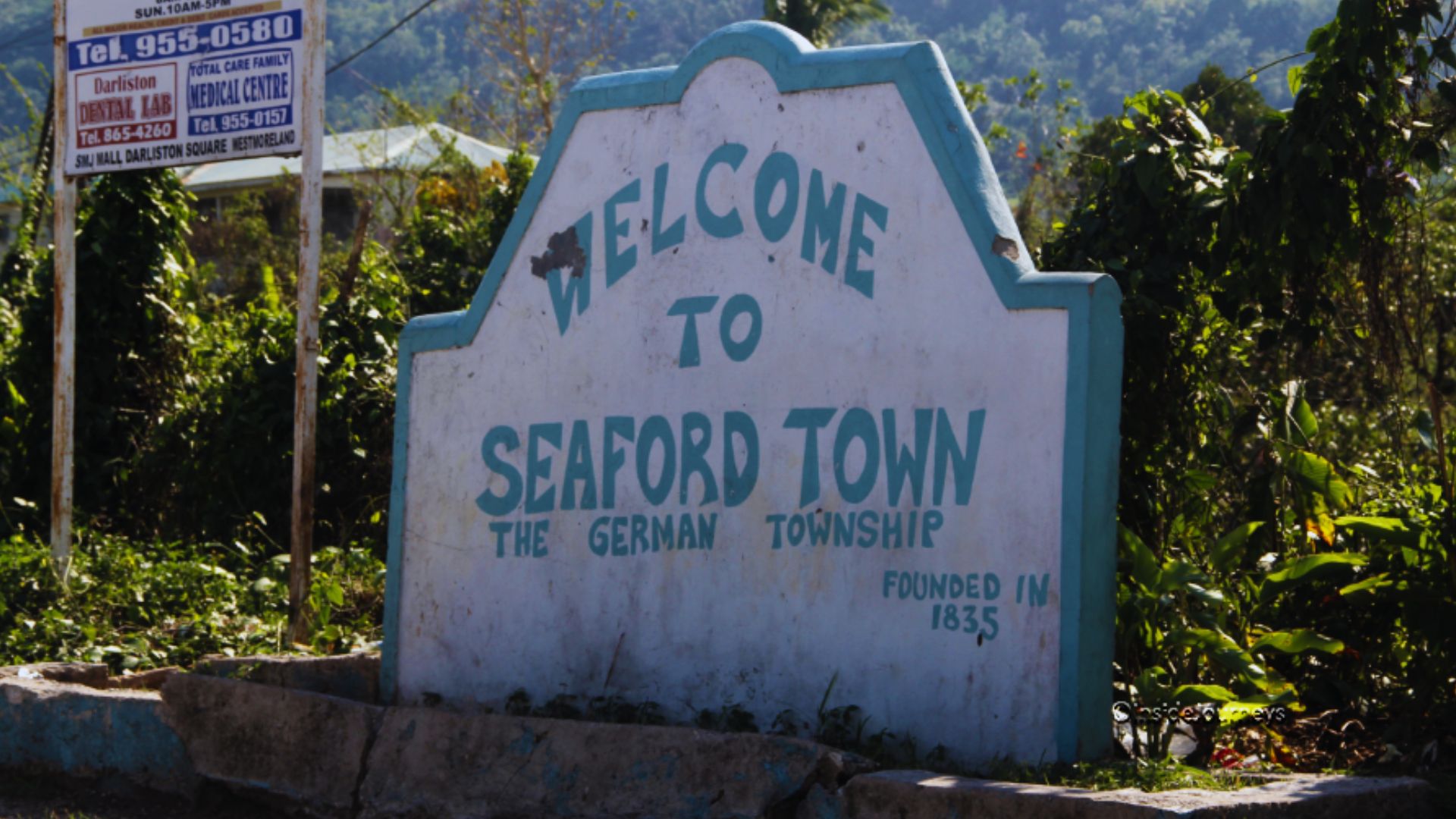Negril is best known as a resort town and the location of the popular Seven-Mile Beach. It is situated in two parishes – Westmoreland and Hanover – in western Jamaica. The downtown area of Negril, the notable West End cliff resorts, and the southern portion of Seven-Mile Beach are in Westmoreland Parish, while the northern resorts on Negril Beach are located near or across Westmoreland’s border with Hanover Parish. The capital of Westmoreland Parish is Savanna-la-Mar, and the capital of Hanover is Lucea, both of which feature historic sites of equal interest to those in Negril and offer additional options for history buffs.
Bloody Bay
Now known as Negril Harbor, Bloody Bay is said to be the site of the British naval armada’s preparations to take the city of New Orleans in the War of 1812. According to legend, the bay got its name from the 19th-century whalers who towed their catch to the bay for butchering, which turned its waters red with whale blood. It is also said that the pirate Calico Jack Rackham and his band, including the female pirates Mary Read and Anne Bonney, were captured drunk near the bay after succumbing to the pleasures of rum. The bay also served as the departure point for ships traveling in fleets to Europe to ensure their safety on the open sea.
Court House And Clock Tower
The clock tower on the Old Court House is the most famous landmark in Lucea, the capital city of Hanover Parish. The clock, originally meant as a gift from Germany to the people of St. Lucia, was installed in Lucea in 1817 as there was confusion about its destination. The people of Lucea decided to keep the clock regardless of the mistake and raised the money to pay for it. It was erected on the top of the tower by a German landowner in the parish. He designed the tower to be similar to the helmets used by the German Royal Guard.
Photo – Deposit Photos






